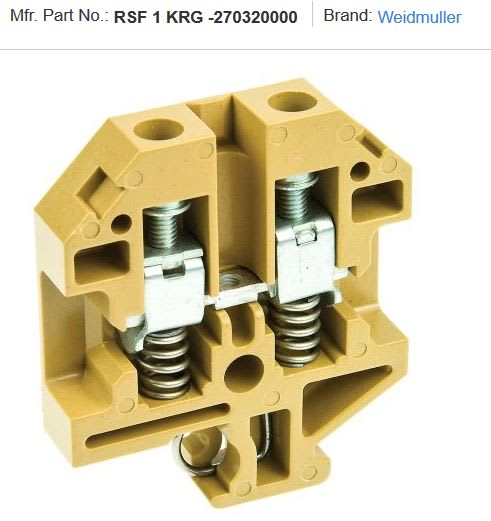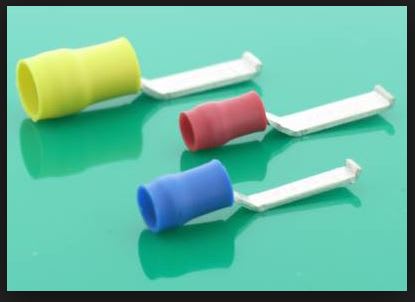Navigation
Install the app
How to install the app on iOS
Follow along with the video below to see how to install our site as a web app on your home screen.
Note: This feature may not be available in some browsers.
More options
Style variation
-
Congratulations MintJulep on being selected by the Eng-Tips community for having the most helpful posts in the forums last week. Way to Go!
You are using an out of date browser. It may not display this or other websites correctly.
You should upgrade or use an alternative browser.
You should upgrade or use an alternative browser.
CT secondary lugs 3
- Thread starter wwyyca
- Start date
- Status
- Not open for further replies.
-
1
- #3
davidbeach
Electrical
Uninsulated ring lugs... We've encountered too many cases where insulated lugs were used and the insulation hid an incomplete crimp that should have been more obvious without the insulation.
-
1
- #4
- Thread starter
- #5
- Thread starter
- #7
-
1
- #9
I don't think you will find it in any of the IEC standards. It's more often written into the customer specification issued to the manufacturer. The standards set the acceptable minimum performance requirements, the specification defines what you want. So often I see gear ordered with no specification and passing reference to a few standards, and customers who don't understand why the board they end up with isn't what they wanted.
As a slight aside, the CEGB and Weidmuller developed the RSF series of terminals many years ago. These are a regular rising cage type terminal which incorporates a powerful spring which is sufficient in its own right to clamp a conductor even if the screw works loose. They're used with a special lug which is pretty much impossible to work loose from the RSF terminal. Excellent for CT circuits, accommodate up to two conductors per entry.


As a slight aside, the CEGB and Weidmuller developed the RSF series of terminals many years ago. These are a regular rising cage type terminal which incorporates a powerful spring which is sufficient in its own right to clamp a conductor even if the screw works loose. They're used with a special lug which is pretty much impossible to work loose from the RSF terminal. Excellent for CT circuits, accommodate up to two conductors per entry.


We use ring lugs everywhere, except on the back of protection racks where we use DOUBLE clamp terminal blocks (with springs like in the picture above - just two clamps per termination instead of one).
As far as I know none of this is specifically covered by any standards. I think the idea of an open CT for most folks is enough to make them ultra conservative with these circuits.
As far as I know none of this is specifically covered by any standards. I think the idea of an open CT for most folks is enough to make them ultra conservative with these circuits.
- Moderator
- #11
Further to David's post:
On the sizes of terminals and conductors used for CT secondary connections:
Typically a bare terminal is installed with a "U" shaped staked crimp.
Typically an insulated terminal is installed with a diamond shaped squeeze crimp.
Almost all of the failed terminal crimps that I have encountered have been the insulated squeeze type of crimp.
I almost never encounter a failed staked type of crimp. The staked type of crimp is much more robust than the squeeze type of crimp.
Bill
--------------------
"Why not the best?"
Jimmy Carter
On the sizes of terminals and conductors used for CT secondary connections:
Typically a bare terminal is installed with a "U" shaped staked crimp.
Typically an insulated terminal is installed with a diamond shaped squeeze crimp.
Almost all of the failed terminal crimps that I have encountered have been the insulated squeeze type of crimp.
I almost never encounter a failed staked type of crimp. The staked type of crimp is much more robust than the squeeze type of crimp.
Bill
--------------------
"Why not the best?"
Jimmy Carter
- Status
- Not open for further replies.
Similar threads
- Locked
- Question
- Replies
- 2
- Views
- 3K
- Locked
- Question
- Replies
- 13
- Views
- 1K
- Locked
- Question
- Replies
- 6
- Views
- 5K
- Replies
- 9
- Views
- 961
- Locked
- Question
- Replies
- 0
- Views
- 1K
